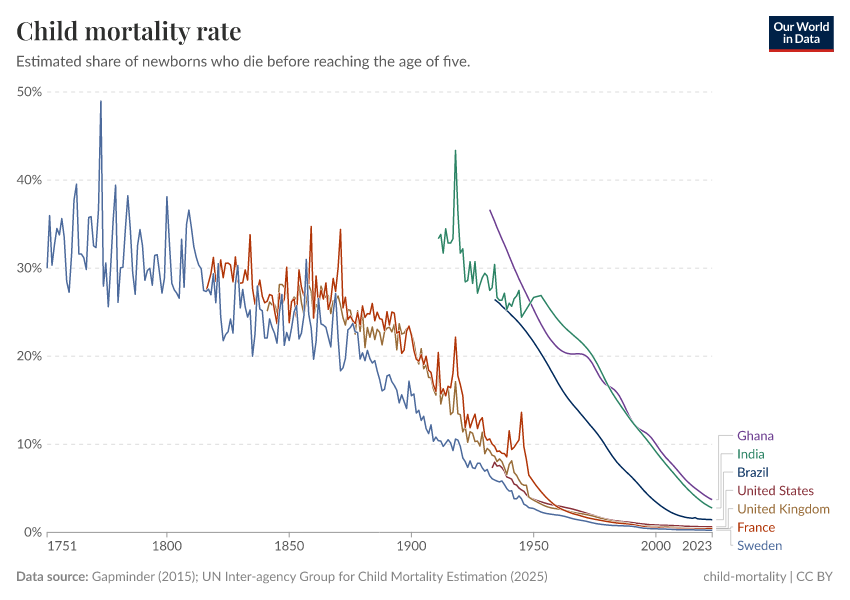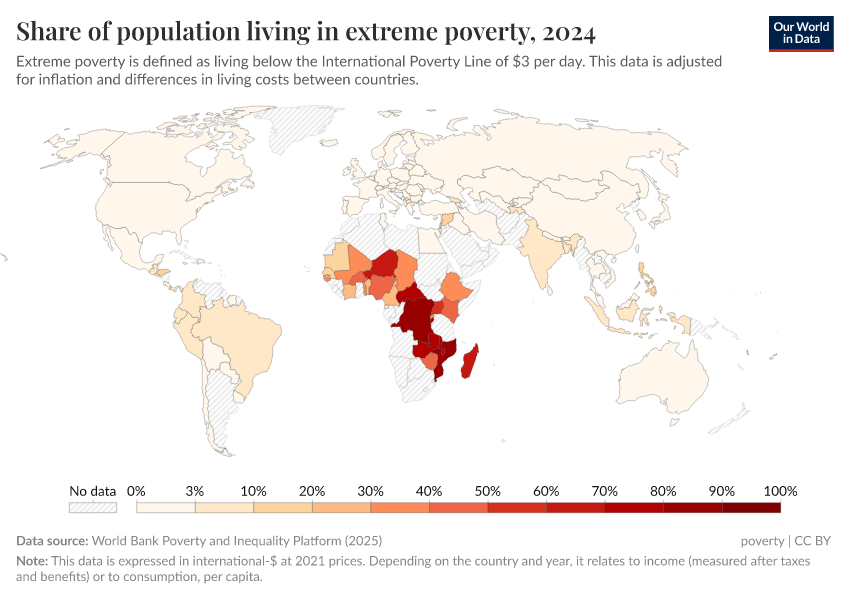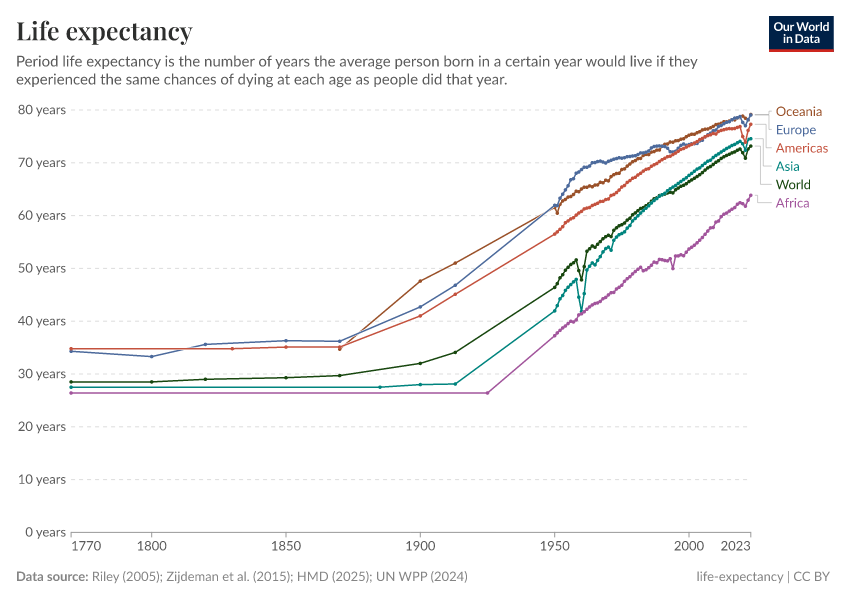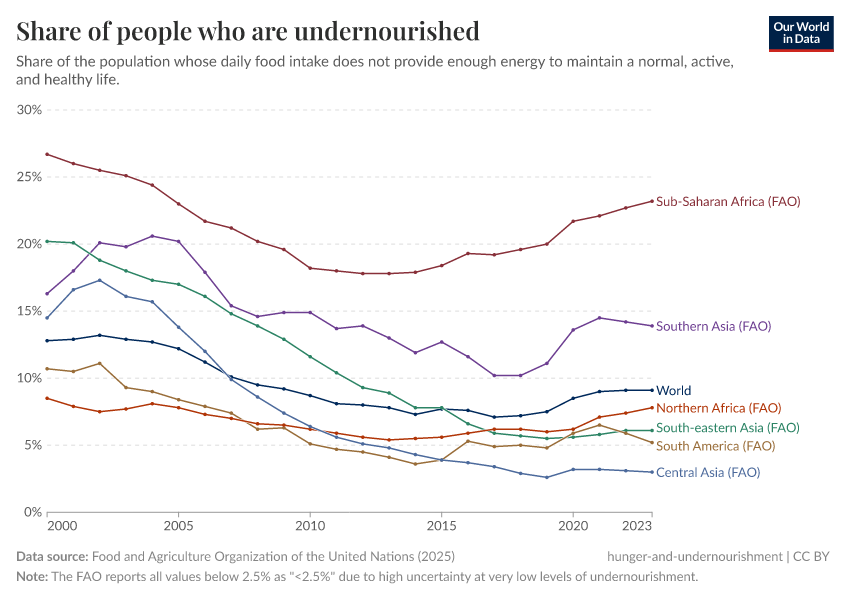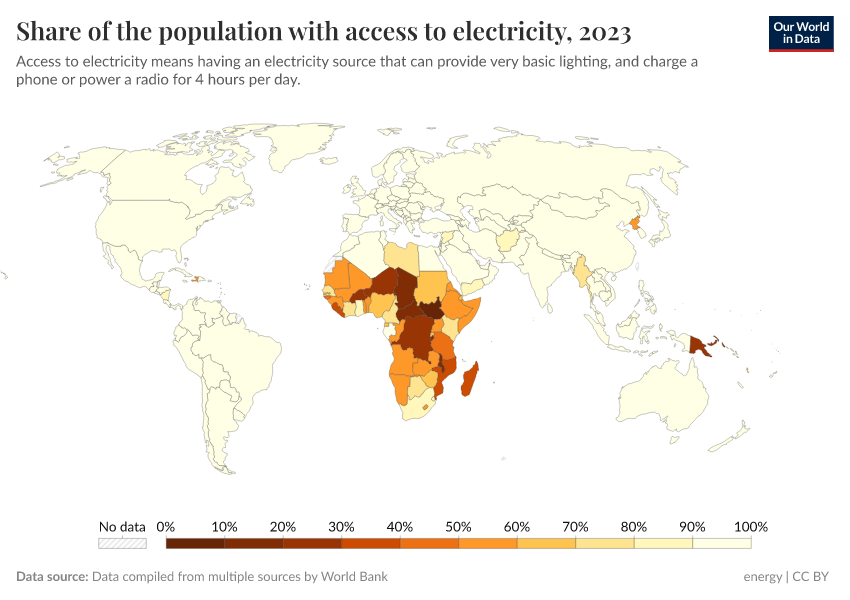This chart tracks the UN’s latest demographic projections for four large populations: India, China, Europe, and the United States. Together, they account for about half of today’s world population.
The curves are shaped by what the UN expects to happen to future fertility, life expectancy, and migration worldwide.
India and China are the world’s most populous countries today, and the UN projects that both will remain at the top through the end of the century. Yet their trajectories diverge sharply in these projections.
China’s population has already begun to fall and is projected to more than halve to around 630 million by 2100. India, by contrast, is expected to keep growing for nearly four more decades, reaching about 1.7 billion people in 2060 and gradually declining to around 1.5 billion.
In contrast, the United States and Europe are projected to change more gradually. The US is expected to grow slowly and steadily, reaching about 420 million people by the end of the century. Europe’s population, meanwhile, is projected to decline. Based on these figures, its population peaked around 750 million in 2020, and is expected to fall to about 590 million by 2100, not far from China’s projected level.
The UN’s model is the most widely used baseline for international population comparisons, but all population projections are sensitive to the underlying assumptions. Other research groups use different demographic assumptions about fertility, life expectancy, and migration to reach different long-term population figures.
Explore the UN projections in our Population & Demography Explorer, or compare them with alternative scenarios in the Wittgenstein Centre Human Capital Data Explorer →
